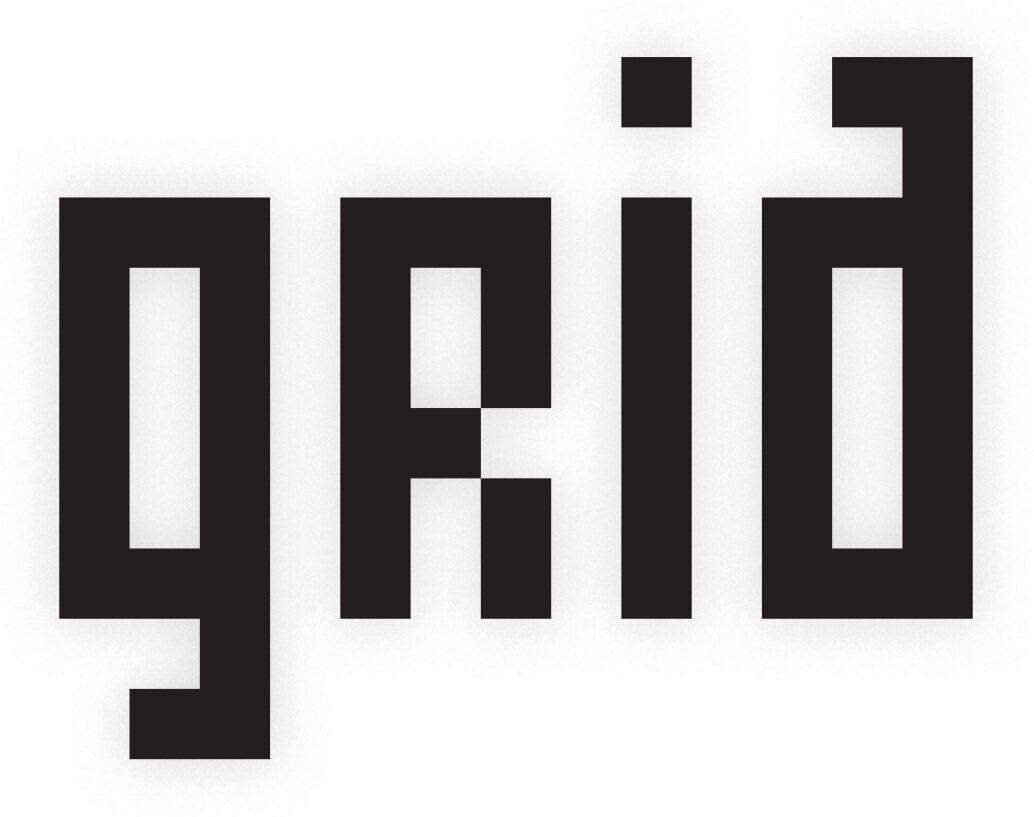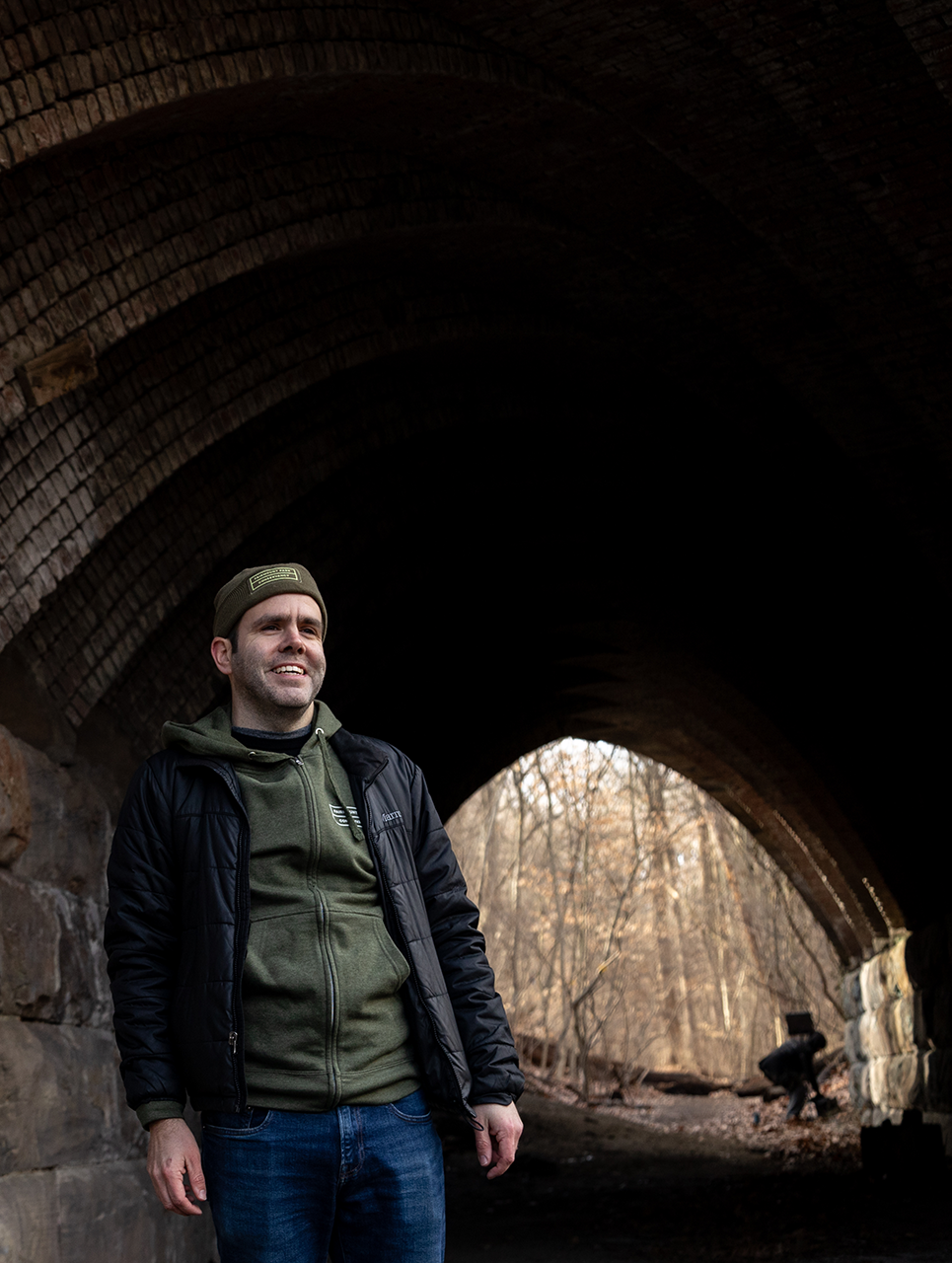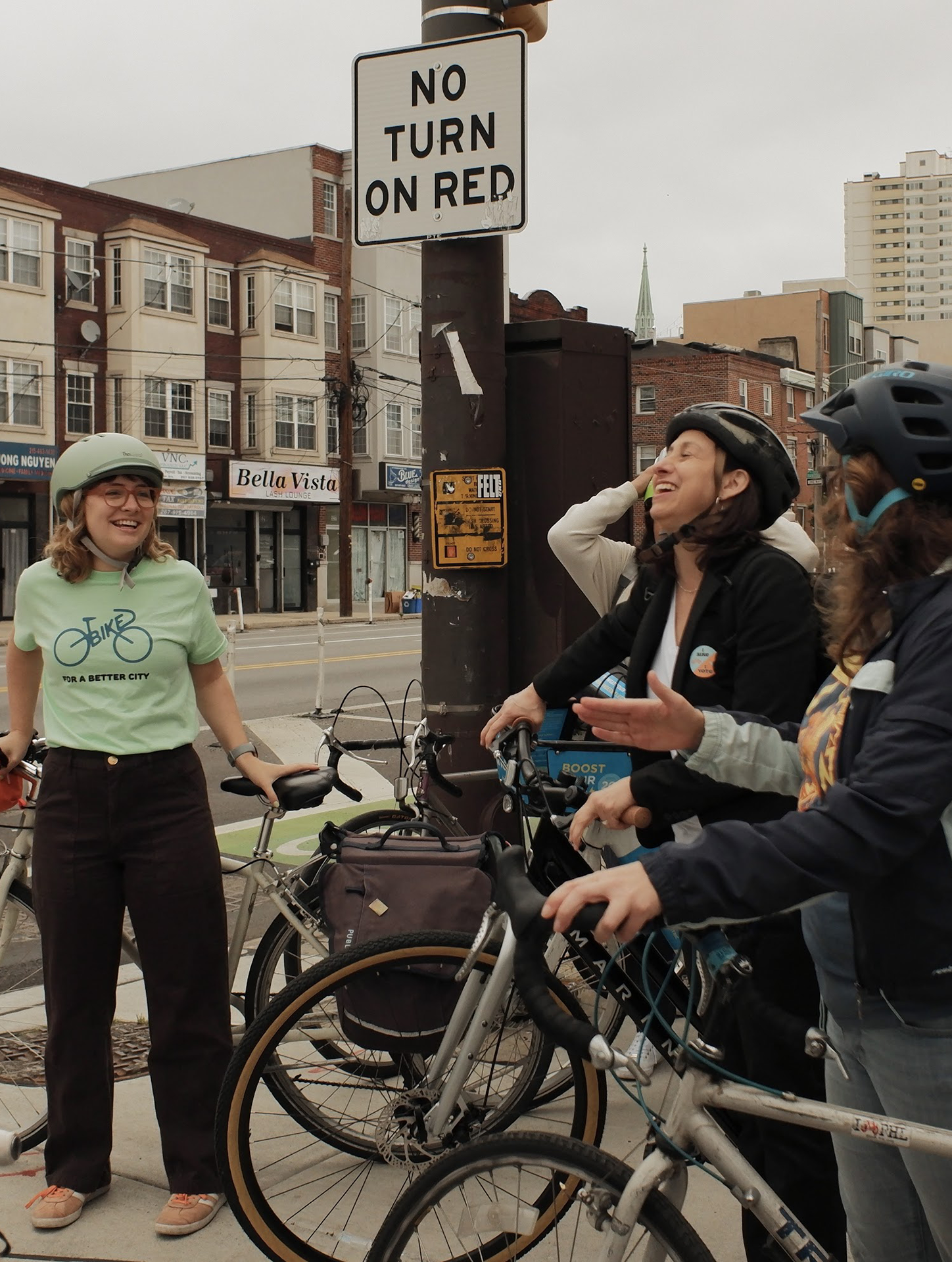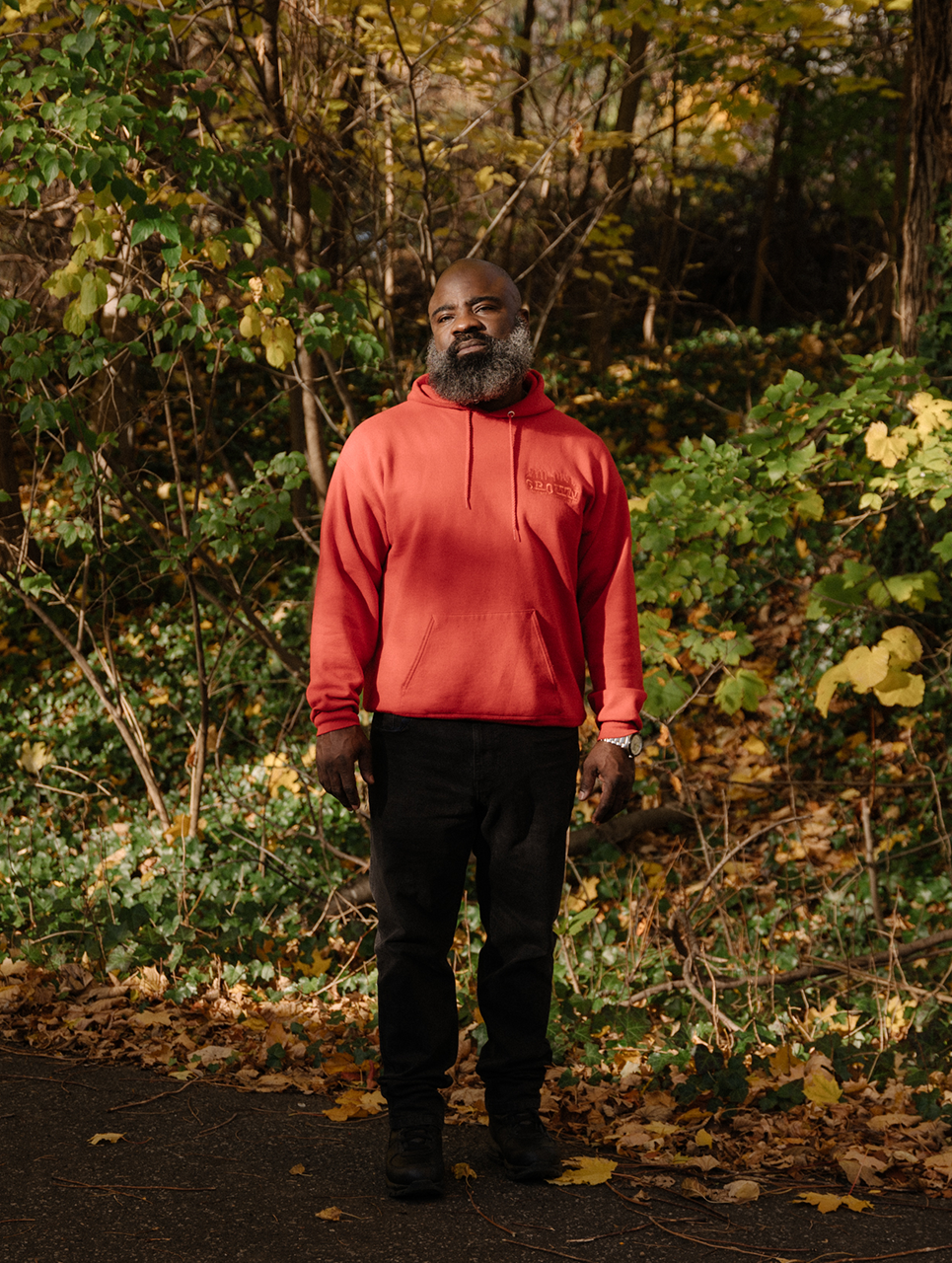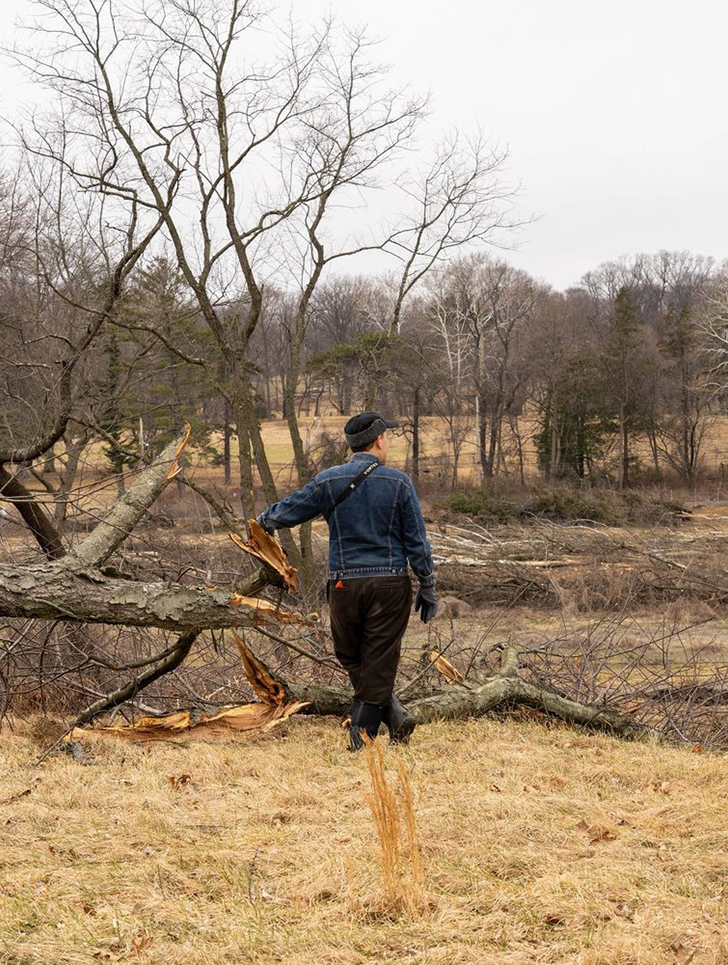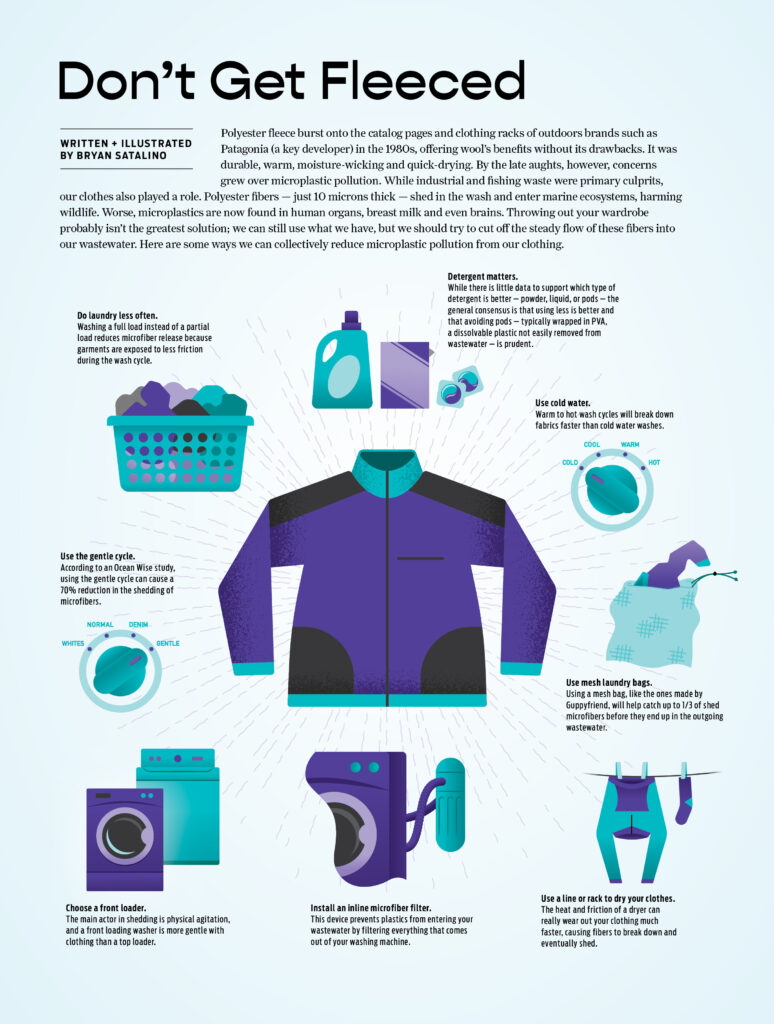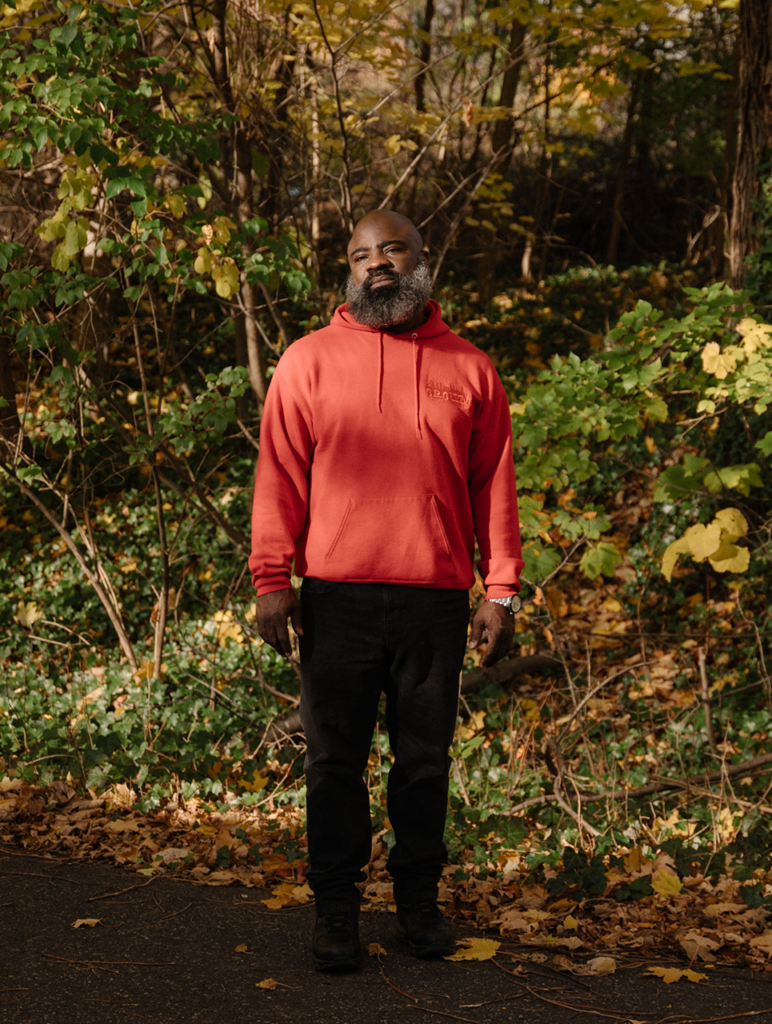Beginning by the Chamounix Mansion, The Fairmount Park Trolley Trail passes through acres of lush forest. It curves and slopes past trees that are home to birds and squirrels, trees whose trunks sprout mushrooms closer to the forest floor. After a 15-minute walk, visitors arrive at the Skew Arch Bridge, the trail’s most popular feature. Named after a construction method used to span obstacles at other than a right angle, the bridge once formed a short tunnel under which the trolley passed. Other landmarks include the Chamounix picnic area by the main gateway, “park hubs” with portable restrooms and the restored Woodside Station platform.
For the past seven years, the Fairmount Park Conservancy (FPC) has partnered with a handful of organizations to revive parts of a 20th-century trolley system and establish the Trolley Trail, a four-mile multipurpose loop with connections to the long history of West Fairmount Park.
Fairmount Park is a “huge priority,” says Kevin Roche, the FPC chief of staff; renovating the trail will encourage park visitors to explore the “hidden gem.”
“For us, it’s really about trail building,” Roche says, “driving visitors to this part of the park, which is a little bit hidden, and to really kind of get people to come out here and experience it and also learn about the history, which is a super cool history of Philly.”
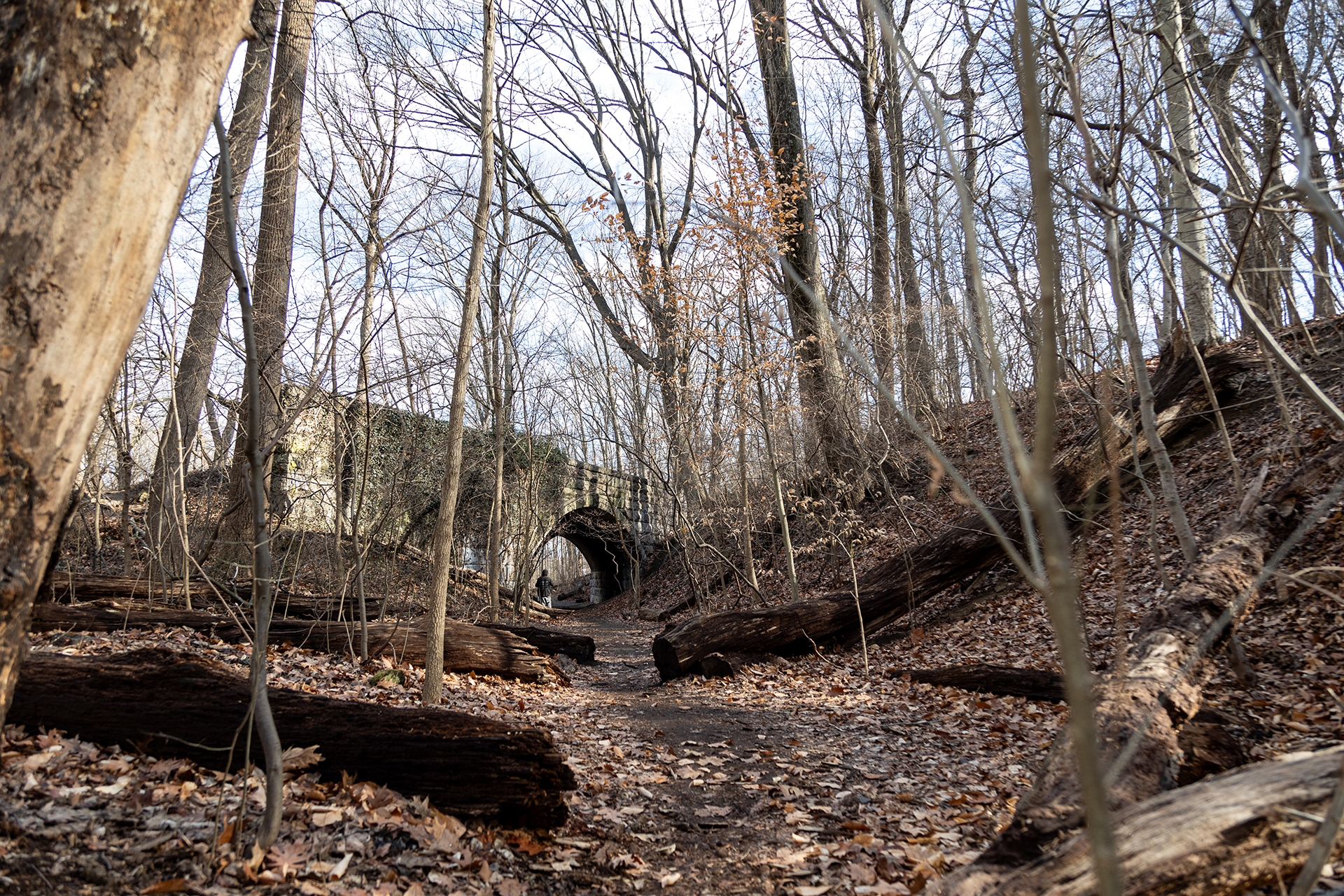
From 1896 to 1946, the Fairmount Park Trolley transported visitors across the east and west sides of Fairmount Park, with 14 out of 16 stops in West Fairmount Park. The 20-minute ride provided quick access to the park, allowing opportunities for exploration. The trolley line also transported visitors to the Woodside Park amusement park, which operated from 1897 to 1955 at the intersection of West Ford and Monument roads.
Trolley service was discontinued in the mid-20th century, as cars became more affordable and patron revenue could no longer cover the cost of maintaining the trolley system. Over the next 50 years, the trolley system fell into disrepair, and the few assets that weren’t sold off during the shutdown remained for park visitors to discover.
Between the 1990s and the early 2000s, a new system of trails emerged in West Fairmount Park, created by visitors such as mountain bikers. The 2001 Trail Master Plan developed by Fairmount Park’s Natural Lands Restoration and Environmental Education Program never thoroughly analyzed these trails, however.
In 2007, Fairmount Park staff began mapping the trails and partnered with the Belmont Plateau Trails Alliance (BPTA), a park-recognized stewardship group, to adjust or close trails that could harm sensitive park habitats. Most of the original trolley line was closed off and replaced with a new dirt path.
It’s really about trail building, driving visitors to this part of the park, which is a little bit hidden, and to get people to … also learn about the history.”
— Kevin Roche, Fairmount Park Conservancy
In 2014, Philadelphia Parks & Recreation (PPR), the FPC and PennPraxis, of the University of Pennsylvania, unveiled the New Fairmount Park Plan, a multiphase initiative to make the park’s amenities and trails more accessible. It included creating maps and apps to help park visitors navigate the large area and recommending the establishment of a “trolley trail” that followed the trolley system’s pathway.
From 2015 to 2016, FPC and PPR staff partnered with Terra Firma Trails owner Steve Thomas to comprehensively map and assess trail networks in West Fairmount Park. After receiving the initial assessment results, FPC and PPR consulted BPTA about plans to establish a loop trail that would be equally accessible for walkers, runners and bikers.
In 2017, as the FPC continued to reroute and, in some cases, close rogue trails, the FPC, PPR and BPTA collected limited funding to begin the incremental building process. In 2018, the FPC concluded its fundraising, thanks largely to support from the Pennsylvania Department of Conservation and Natural Resources and the Delaware Valley Regional Planning Commission.
The Trolley Trail was finally completed in 2021, with a new gateway added at the Chamounix picnic area in 2022 and wayfinding signage installed around the trail and entrances in 2023. In 2024, FPC added two more gateways, near Ford Road and at the Belmont Plateau cross-country course — bringing the total number of official gateways to four — and repaired the Skew Arch Bridge.
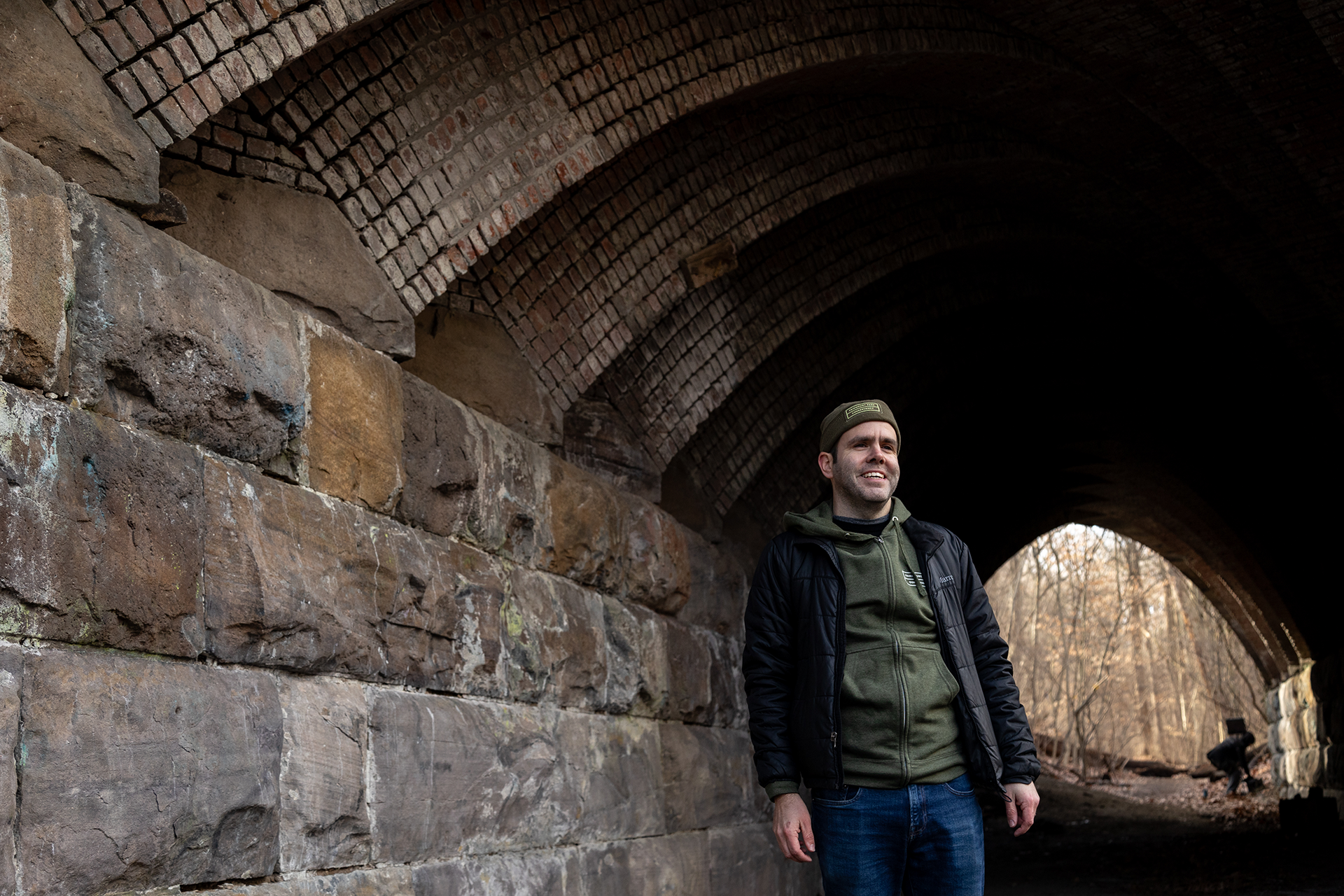
As of February 2025, the four-mile loop trail spans Chamounix Drive and covers the western part of the original trolley system. Over the years, trees have been planted along the trail and at the various trailheads. Additionally, wood from fallen park trees has been used to build bridges along the trail.
According to Roche, the goal is to maintain the trail, to increase signage and trailheads throughout and to “encourage people to come out … and experience the trail for themselves.”
While touring with Roche and FPC director of communications Sarah Peterson, we came across an artist painting a scene of the Skew Arch Bridge. According to Roche, this is just one of the many ways people engage.
Throughout the year, FPC will host events like “history hikes” and plant identification and meditation walks. Benches are scheduled to be added this year, allowing visitors to rest and “linger in the park and spend more time together,” says Roche.
And as visitors soak up the scenery and enjoy one of Philadelphia’s premiere parks, Roche says, they’ll also have a chance to support preservation efforts and learn an interesting part of the city’s history.
“It’s an up-and-coming trail,” Roche says, “and I think the more people that use it, the more opportunities that we have to, you know, continue to improve it, to offer additional programs out here, and to connect with people who are interested in Philly parks.”

